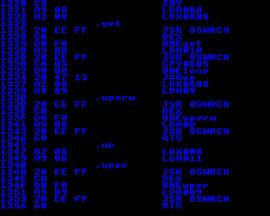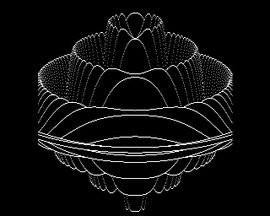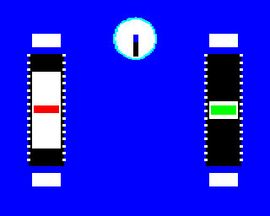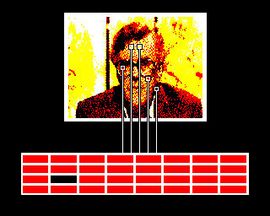Software for “Micro File - The Generation Game”
This is the BBC Micro software used in the programme. The programs can be run in your browser. Select one and then follow the on-screen instructions.
Return to Micro File - The Generation Game .
ER
Runs a program that displays some code in Assembler with machine code instructions
Instructions
This program self-runs to display a scrolled programme listing of this low level language - That's all this one does!
3D
Runs a line graphic that (on a BBC Micro) slowly reveals its shape, on a faster machine (such as an Acorn Risc Machine (ARM)) this would run very much faster
Instructions
This program loads and runs without need for user input. What you see is all you get - a slowly developing image!
AND1
Runs a graphic, that shows the principle of the electronic AND gate
Instructions
This program loads, then pressing the Space bar cycles the inputs to the AND gate, and shows the corresponding output state of the AND gate at each step
SGLTIK1
Runs a graphic that shows the principle of the RISC approach to handling instructions: In a conventional processor each clock tick may only partly process a complex instruction, the RISC chip averaging little more than just one clock tick to complete any of its (reduced, but optimised set of) instructions
Instructions
This program loads, then pressing the Space bar begins the 'clock tick'. Further firm presses of <Space> then reveal, first, a 'conventional' processor taking a number of ticks to complete an instruction, then a RISC chip (on the right) taking just one tick for each instruction. A further <Space> press gives you both processors working through their instructions, side by side
WIZ3
Runs a graphic, that shows the principle behind the WIZARD face recognition system
Instructions
This program loads, then pressing the Space bar (allow for any 'beep' prompts before pressing <Space>) steps you through this graphic, taking particular points for patterns on the incoming image for later recognition. The picture is processed in black and white within WIZARD, and in parallel




